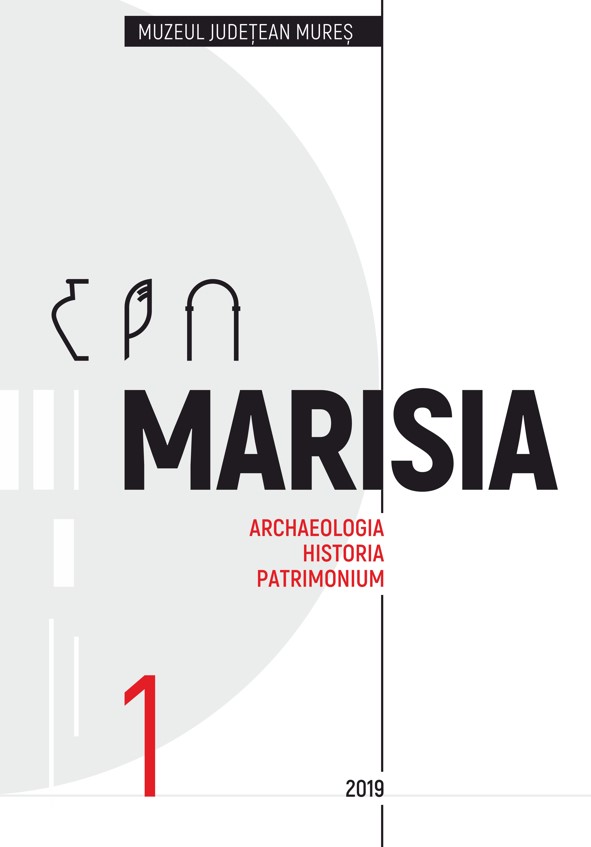TOBACCO CLAY PIPES FROM RUPEA CASTLE AND THEIR HISTORICAL CONTEXT
TOBACCO CLAY PIPES FROM RUPEA CASTLE AND THEIR HISTORICAL CONTEXT
Author(s): Oana TodaSubject(s): Archaeology, Cultural history, Local History / Microhistory, 17th Century, 18th Century, 19th Century
Published by: Editura Mega Print SRL
Keywords: 17th-19th centuries; smoking; Turkish influence; archeological excavations; rules and regulations; Transylvanian Saxons;
Summary/Abstract: This study is aimed at the publication and contextualization of the few tobacco clay pipes discovered in Rupea castle between 2010 and 2012. The small finds, dated from the 17th until the 19th century, are representative for a much controversial daily habit of the Early Modern that met great enthusiasm among the population and censorship from the official authorities. The rapid spread of smoking is not as much visible in the archival sources as in the number of smoking accessories excavated by archaeologists. The small lot from Rupea, even though fragmentary, contains ‘Turkish-type’ artifacts, possibly some hybrid ‘Turkish-Hungarian’ ones and late ‘Austro-Hungarian’ pieces.
Journal: Marisia. Archaeologia, Historia, Patrimonium
- Issue Year: 2019
- Issue No: 1
- Page Range: 119-138
- Page Count: 20
- Language: English

